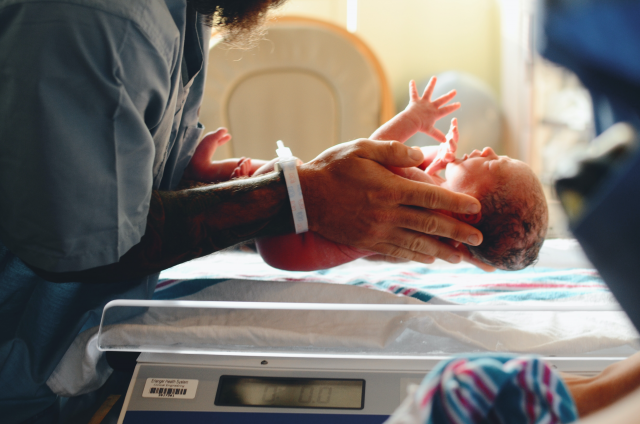A taskforce is reviewing Victoria’s maternity system to identify ways to improve it.
Health Minister Mary-Anne Thomas announced the Victorian Maternity Taskforce in October and said it would focus on ensuring hospitals have the best workforce and models of care in place.
It will identify opportunities and address challenges that can affect service delivery, including workforce recruitment and retention.
Nursing and midwifery experts will form the taskforce and work with health services, community, and experts to consider care models that support women to have choice in their pregnancy and birth experiences.
“Victoria has some of the world’s best and safest maternity and newborn services in the world,” Ms Thomas said.
“This taskforce is an opportunity to continue improving these services, so women receive the best support during pregnancy and birth.”
Victoria has 52 maternity health service providers, including 33 in regional areas.
The Australian Nursing and Midwifery Federation (Victorian Branch) has more than 6000 midwifery members and welcomed the taskforce.
Assistant secretary Madeleine Harradence said the midwifery workforce was still recovering and rebuilding from the difficult pandemic years.
She said statewide reform was needed to ensure the viability of maternity services, particularly in rural and regional Victoria.
Research released in 2022 found that midwives moved from permanent to casual employment during the pandemic years and this was impacting the ability to provide maternity services due to staffing shortfalls.
The La Trobe University School of Nursing and Midwifery conducted the initial study – The FUSCHIA study: Future proofing the midwifery workforce in Victoria – in 2021.
ANMF provided funding to continue this study through to 2026 to better understand and respond to midwifery workforce wellbeing and retention over time.
“We know there are rostering, work/life balance, student employment and career path strategies and models of care that, if implemented, could better support and retain our passionate midwifery workforce,” Ms Harradence said.
“Our members want to work in a system that provides access, choice, and flexibility to them and to women in their choice of maternity care, to enable safe woman-centred midwifery care.
“The aim is for midwives to stay in the profession that they love.”








